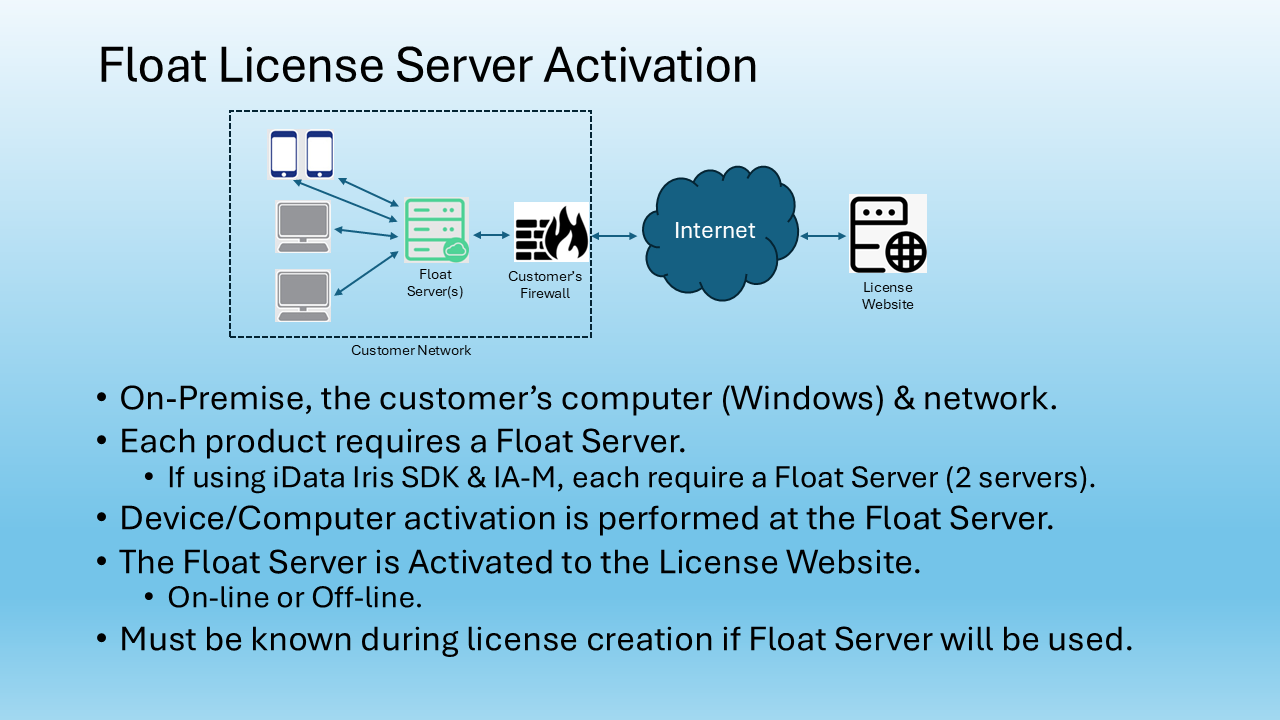By Mohammed Murad
The demand for access control technology is skyrocketing, according to a new market research report by the international market research firm, FMI. And biometric solutions top the list, with iris recognition-based systems expected to post the largest jump in demand.
FMI estimates total worldwide access control market revenue of USD 15.3 billion for 2021, soaring to USD 50.4 billion by 2031. Drivers for the market include cyber and data security concerns and advancements in cloud computing and wireless access control.
Currently, fingerprint and face recognition represent the largest share of biometric access control installations. But FMI expects iris recognition systems will grab a substantial share of the growing market.
There are several reasons why we are seeing an increased interest in iris today. The technology has been used extensively by the large enterprises, military and other government departments in the past and is being considered now by many different vertical markets, including transportation, finance, healthcare and law enforcement.
Here are some of the reasons for increasing interest in the technology:
- Accuracy – Iris recognition has long been seen as one of the most accurate biometric access controls technologies available. It capture an image of a person’s iris. That’s the colored portion of the eye between the pupil and the white and is not to be confused with the retina in the back of the eye. Everyone’s irises are unique and iris scanners collect around 240 biometric points compared to far fewer gathered for fingerprint scans.
- Cost – Once seen as an expensive high-tech solution, the price of iris recognition has dropped dramatically, making it a viable choice for many organizations and businesses.
- Zero-touch – The COVID-19 pandemic has highlighted the need for touchless technologies. And iris fits the bill. Users stand 10 to 14 inches from the camera. It takes about two seconds for identification/authentication. Users do not have to touch a thing.
- Convenience – Iris recognition works in many environments. It’s not affected by people wearing gloves, hats, glasses or headgear. And in this age of COVID-19, it works with PPE (Personal Protective Equipment) like masks, goggles or face shields.
- Privacy – Privacy has become a significant issue when it comes to digital identification. Iris recognition requires individuals to opt-in to the technology.
These are just some of the reasons iris recognition-based access control is poised for rapid market growth. Expect to hear more about the technology’s many benefits and uses.


